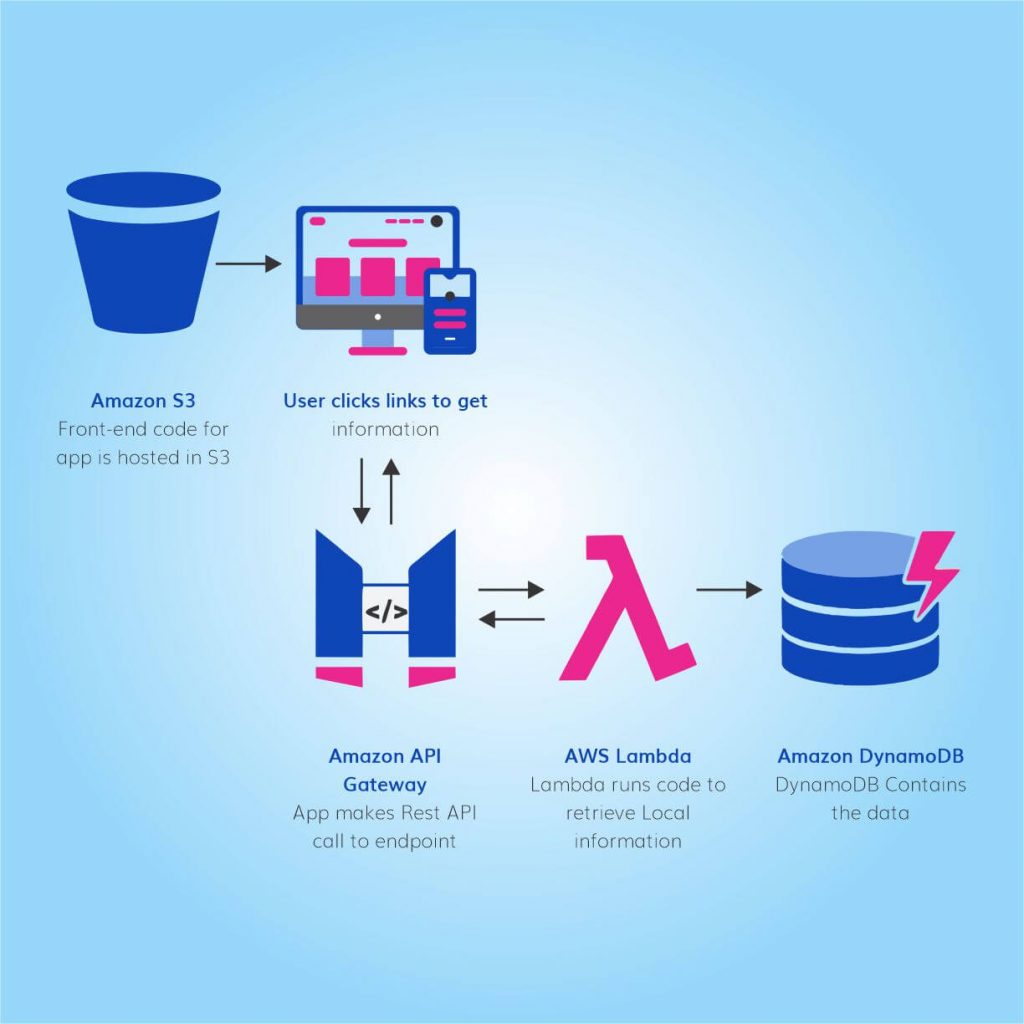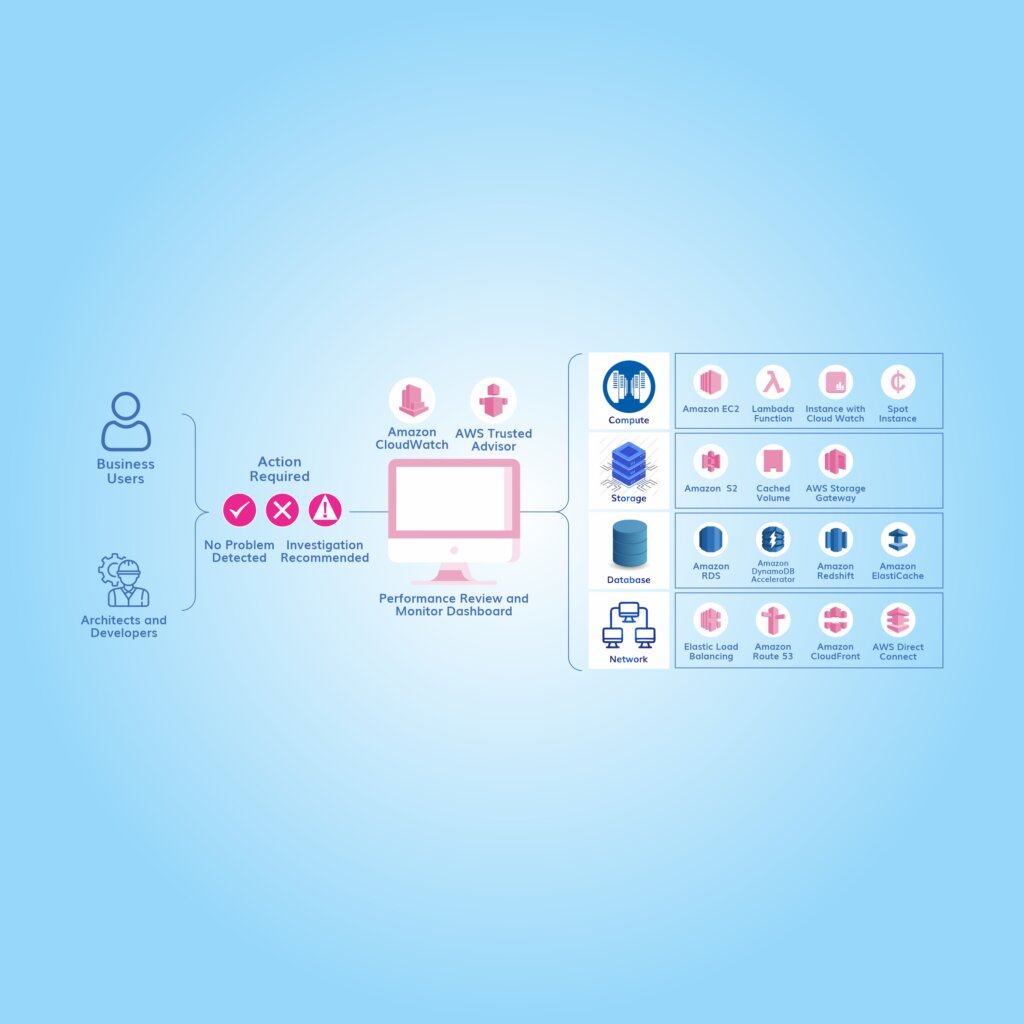Microservices Vs API – Know What’s Right For Your Business
The 2 terms – Microservices and API – are often heard and used in the web development circle. However, for the business owners hiring developers for their projects, there could be massive confusion about these.
Is your business also trying to make the ‘right choice’ among these two?
Let us help you out through this article. Learn everything about Microservices and APIs in the next 3 minutes quickly.
What are Microservices?
Comprising the words ‘Micro’ and ‘services’ in its name, this architectural style combines tiny services to accomplish various tasks in an application. Unlike the monolithic software application that has a complex module doing everything, microservices have separate services that can act and grow independently.
The benefits of following the Microservices architecture for your application are:
- Replacing a functionality won’t affect other app features;
- Testing and development can go hand in hand;
- Higher scalability;
- Integration is easier for apps using microservices;
- Boosts system’s reliability as failing one service will not impact another severely.
In short, Microservices are ideal for agile and distributed development.
What is an API?
The short form for Application Programming Interface, API is your way to make two services or applications collaborate or communicate with each other. For this, the API allows the use of various commands (e.g., GET or PUSH), enabling easy and secure interaction. At the same time, it focuses on optimizing the time and resources being used for the process.
As per the type of API (For example, RESTful, SOAP, or RPC), it may work differently. The encryption method or functioning style may differ too. However, all the APIs still do the core work of connecting services for successfully making one or multiple applications work.
API Vs Microservices: The Differences
By now, you must be clear about what API means and what to consider when someone says microservices. So, let’s talk about how they are different:
By Scope:
- API’s work is to make services interact in order to perform operations.
- Services in microservices are responsible for triggering APIs and performing operations.
By Aim:
- APIs aim to serve as an interface for collaborative services or applications.
- On the contrary, services emphasize performing different works as an application component.
By Working:
- Microservices utilize APIs to send or process service requests.
- APIs are accessible for authorized applications and users to enable services.
By Traits:
- Microservices are decentralized, granular, tiny, and scalable.
- APIs must be lightweight, secure, and fast at request-processing.
API and Microservices: How do they Work Together?
From all the above, you can sense that APIs and microservices do not work in separation. In fact, modern distributed applications must utilize both concepts/elements to come up with reliable applications. Using API and microservices is the key here.
The benefits of using APIs with your microservices-based application are:
- Faster application development and Deployment
- Highly resilient application architecture
- Easier and Secure access to applications/services
- Data Security
At the same time, the microservices architecture makes your application:
- Faster, due to the use of tiny/microservices;
- Scalable, as developers can expand or add microservices without affecting other app features.
- Distributed so that resources can be put separately and performance can be optimized.
Together, API and microservices can help you come up with highly-performant and scalable applications that are secure and containerized.
Conclusion
To be honest, more than being different, APIs and microservices can be considered ‘complementary.’ Your business’s web app can utilize both to function most efficiently. With microservices as the application’s building block and APIs as the communication enabler, your app will have a long way to go. With this, you will be able to manage and scale your app’s services separately, increasing the solution’s efficiency multifold. If you need an industry expert to get the job done, then leverage the expertise of a top-rated Microservices development services provider.
Contact Us
We’d Love to Help You
Get in Touch
- Fill out a request form. Please brief your requirements in-detail. The more we know about your amazing idea, the better we will guide and assist you with project time and resources
- We’ll reach out to you on priority to discuss next steps in the meantime please check out our case studies and insights.
- We look forward to collaborating with you to bring your idea to the market sooner than the traditional route.
Related




